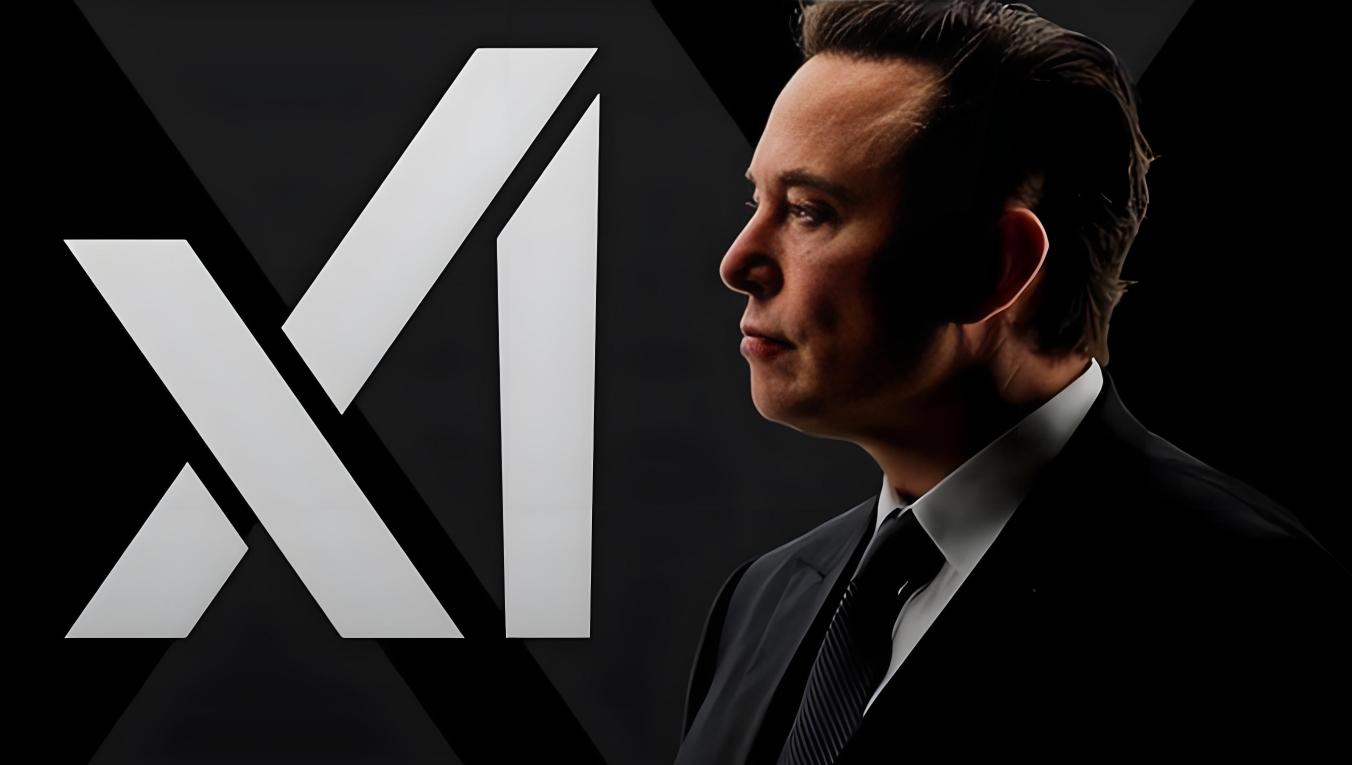
In June 2025, financial controversies surrounding Elon Musk’s AI firm xAI set off ripples across the global tech industry. Bloomberg sources claimed xAI was burning through $1 billion monthly, projecting a $13 billion annual loss, and seeking $9.3 billion in funding to plug the gap. Though Musk dismissed the report as "nonsense" on X, xAI has already raised $14 billion, is pushing a $4.3 billion equity round, and plans to secure another $6.4 billion next year. This storm reflects the intense contradictions in the global race for AGI (Artificial General Intelligence).
xAI’s massive spending mirrors the broader AI industry. Training - parameter large models like Grok demands computing power. Its Memphis, Tennessee supercomputer initially deployed 200,000 NVIDIA GPUs, with plans to expand to 1 million—hardware investments alone reaching tens of billions of dollars. Driven by Musk’s pursuit of technological hegemony, xAI even diverted thousands of GPUs from Tesla. This radical strategy has yielded breakthroughs: The April 2025-released Grok 3 surpassed OpenAI’s o3-mini-high version in the AIME math benchmark, becoming the first model to score over 1,400 on Chatbot Arena. Its deep search, voice interaction, and multimodal generation capabilities have expanded application frontiers.
However, xAI’s commercialization lags severely. 2025 revenue is projected at just $500 million, relying on X Premium+ subscriptions ($50/month) and SuperGrok packages ($30/month). By contrast, OpenAI expects $12.7 billion in revenue this year. xAI’s core edge lies in integration with the X platform, granting direct access to real-time dialogue data from 600 million users—eliminating costly data procurement. X’s ad revenue also backfeeds xAI; for instance, X paid hundreds of millions in data usage fees in Q1 2025. This "data-computing-application" loop has xAI eyeing profitability by 2027, two years ahead of OpenAI’s target. Yet the EU’s NOYB has accused xAI of training models on X data without consent, igniting regulatory risks. Musk defended the practice as authorized by user agreements and pledged to make Grok "more politically neutral."
xAI’s fundraising journey is dramatic. In its $6 billion Series C round in December 2024, strategic investors like NVIDIA and AMD validated its technical path. But the latest $9.3 billion plan has faced investor hesitation, with some demanding sweeter terms. While its valuation soared from $51 billion in late 2024 to $80 billion in Q1 2025, xAI grapples with a $341 million EBITDA loss in Q1 2025 and $18 billion needed for future data centers. Morgan Stanley projects xAI must achieve $13.1 billion in EBITDA by 2029 to justify its valuation—requiring a 60% compound annual growth rate over four years.
xAI’s technical approach starkly differs from OpenAI’s. Musk insists on vertical integration, self-controlling infrastructure from chip procurement to data centers. For example, xAI secured priority GB200 chip deliveries from NVIDIA via a $1.08 billion direct deal, avoiding reliance on cloud providers. Grok 3’s reasoning now nears OpenAI’s o1-pro model, and its multimodal features (like real-time Mars rover animation generation) shine. Critics, however, decry its closedness—some reasoning processes are hidden to prevent competitors from "distilling" knowledge, contrasting with OpenAI’s open-source ethos.
xAI faces multifaceted challenges. Even with $9.3 billion raised, cash reserves will only last through 2026, and 2027 profitability remains uncertain. Grok 3’s errors in common-sense queries (e.g., confusing 9/11 with 9/9) expose model robustness flaws. As the EU AI Act takes effect, xAI must redesign data sharing with X to comply with GDPR. U.S. government scrutiny of AI technology may also constrain commercialization.
xAI embodies Musk’s "first-principles thinking" in AI—an attempt to build a closed-loop ecosystem from R&D to deployment. Its success or failure will not only shape its own destiny but also reshape the global AI landscape, standing as a controversial and highly anticipated case study in technological history.

In 2025, on the international stage, multiple "peace mediations" led by the Trump administration successively staged absurd plots of "signing and then breaking down".
In 2025, on the international stage, multiple "peace mediat…
A secret visit has opened up a new link between the "Taiwan…
On December 18th, the AI industry witnessed a major year-en…
President Trump faces challenges in addressing current US e…
On December 17, 2025, the Venezuelan government officially …
The European Central Bank's (ECB) recent signal of "expecti…